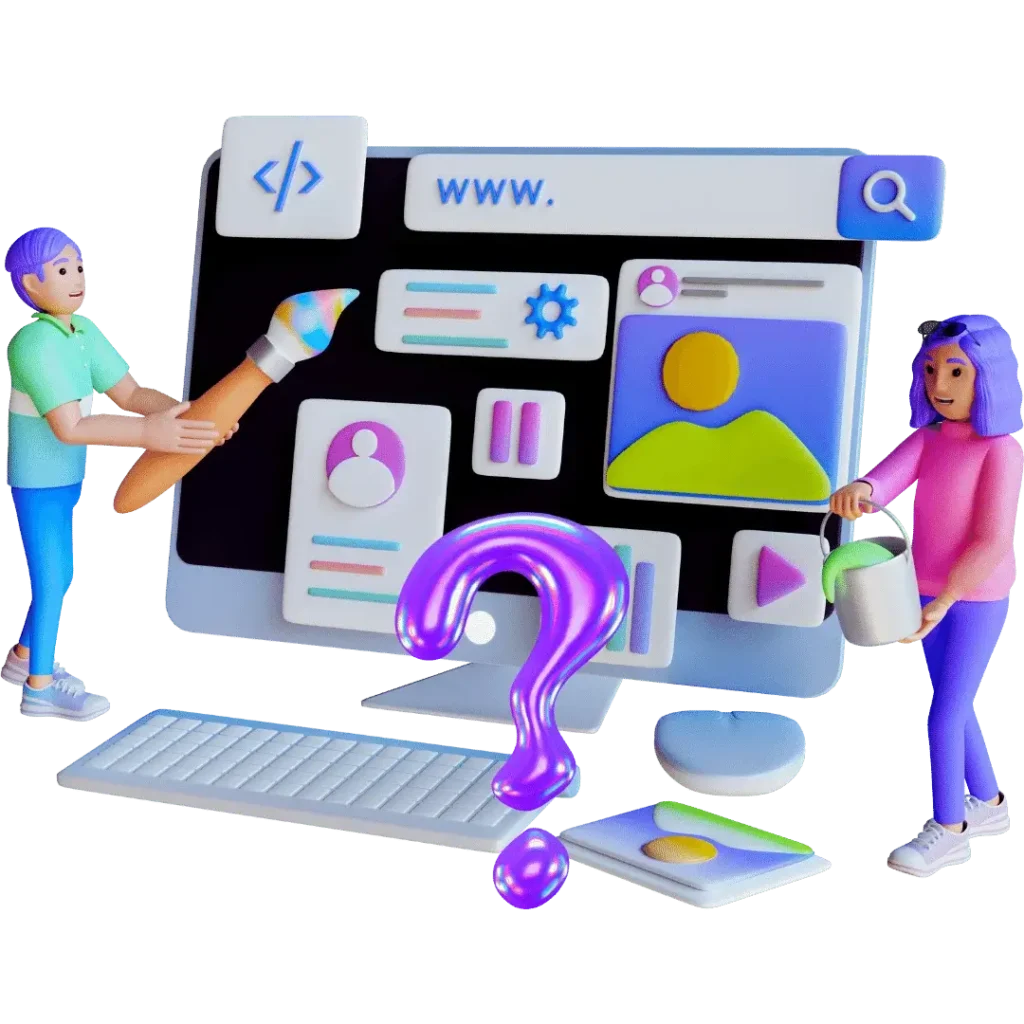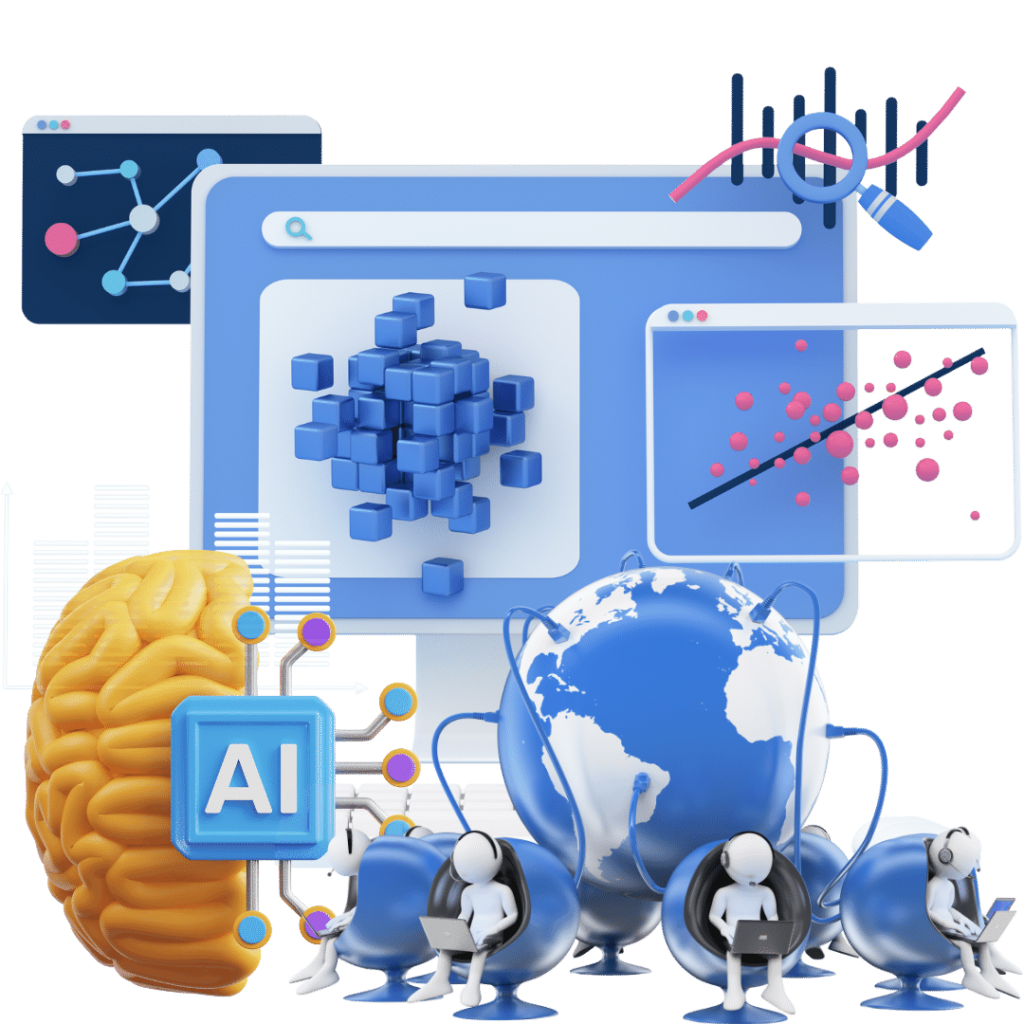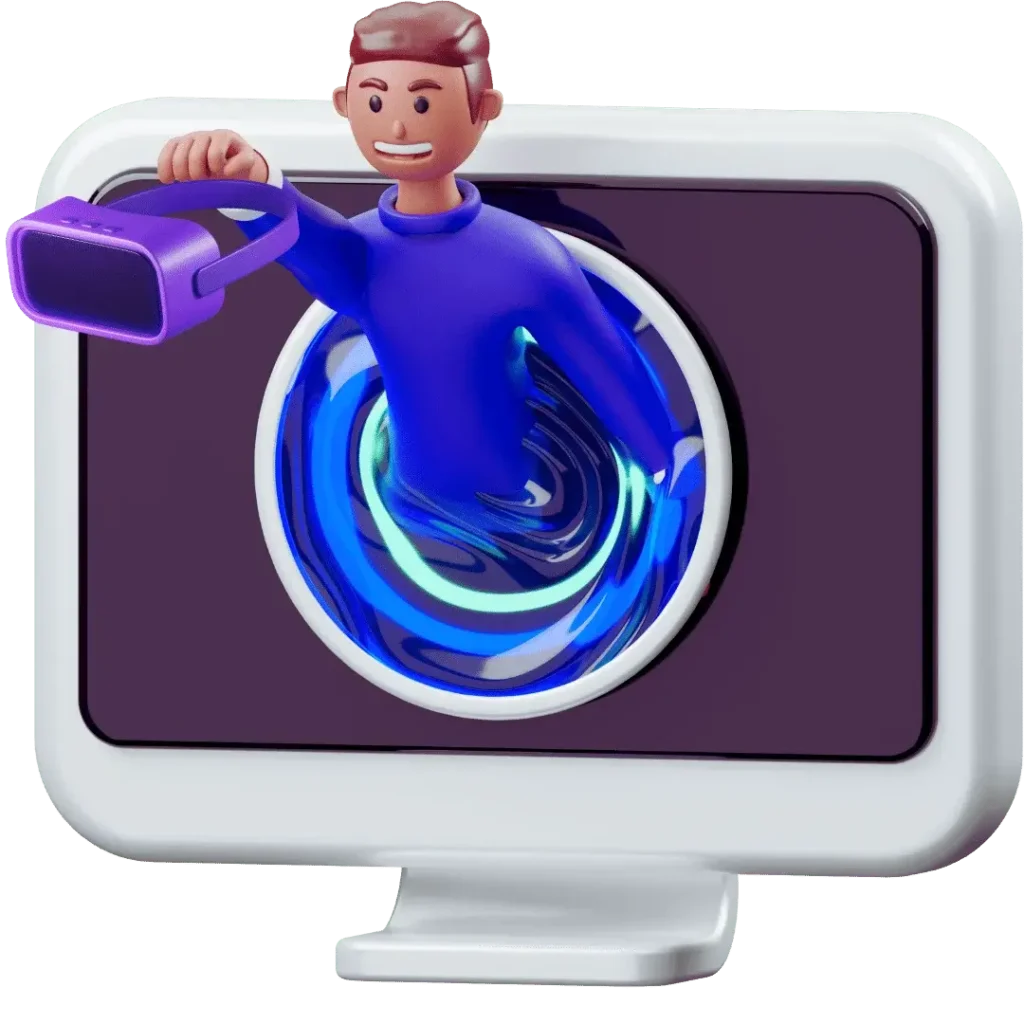The Future of Website Design

As the internet evolves, there’s a lot happening in how websites will look in the future. This article explores the exciting trends shaping the design of websites, focusing on how they align with the future internet. From innovative augmented reality experiences to the intelligent use of artificial intelligence, let’s delve into what’s on the horizon for website design, highlighting how it contributes to the evolution of the future internet. Get ready for a new era where technology and creativity unite to make websites more engaging, accessible, and reflective of the future internet landscape.
Voice-Enabled Navigation
Voice-enabled navigation is gaining popularity, thanks to voice assistants like Siri, Alexa, and Google Assistant. With almost 40% of adults using voice search every day, websites must adapt to this shift.
To accommodate voice search, websites should provide natural and friendly responses to questions, using longer phrases for keywords and focusing on content that addresses inquiries comprehensively.
In the future internet, voice-activated navigation will likely evolve to facilitate more complex interactions, such as form submissions, transactions, and page navigation, solely through voice commands.
In essence, voice-enabled navigation is a significant trend in website design that will become increasingly crucial. As more people embrace voice search and assistants, websites must evolve to ensure a seamless and user-friendly experience.


Adaptable Design
Adaptable design, which ensures websites adjust seamlessly to various screen sizes and resolutions, is paramount in the future internet landscape. With the predominance of mobile devices, flexible design becomes imperative for optimal user experience.
By utilizing layouts that can adapt and media queries to adjust website appearance based on screen size, designers guarantee a consistent user experience across devices.
Adaptable design not only enhances user experience but also contributes to search engine optimization (SEO), as search engines prioritize mobile-friendly websites in their rankings.
In the future internet, adaptable design will be indispensable as mobile usage continues to rise, underscoring the importance of creating websites that cater to diverse screens and devices.
Artificial Intelligence (AI)
Artificial Intelligence (AI) is poised to revolutionize website design, particularly in personalization and user engagement. By leveraging user data, AI algorithms can generate tailored content, recommendations, and experiences, enhancing user satisfaction and interaction.
Furthermore, AI will enable websites to analyze user behavior and identify areas for improvement, ensuring continuous enhancement of user experience and satisfaction.
Expect to see an increase in AI-powered chatbots and virtual assistants, providing personalized customer support and streamlining user interactions.
In summary, AI will significantly influence the future of website design, fostering personalization, enhancing engagement, and simplifying user interactions, thereby shaping the future internet experience.


Augmented Reality (AR)
Augmented Reality (AR) is poised to transform website design, offering immersive and interactive experiences to users. In the future internet, AR will play a pivotal role in enhancing engagement and facilitating decision-making processes, particularly in e-commerce and education.
For example, furniture stores can utilize AR to allow customers to virtually visualize products in their homes before purchasing, enhancing the shopping experience.
In education, AR can create immersive learning environments, providing hands-on experiences and enhancing understanding and retention.
Dark Mode
Dark mode, characterized by darker website colors, is gaining popularity for its eye comfort and battery-saving benefits, particularly on mobile devices.
As the future internet evolves, dark mode will continue to be a significant trend, catering to user preferences and enhancing readability, especially in low-light conditions.
Designers must ensure websites offer a seamless transition between light and dark modes, prioritizing readability and aesthetics in both settings.


3D Graphics
3D graphics offer a more engaging and interactive user experience, allowing users to interact with products and services in a realistic manner.
In the future internet, expect to see more websites incorporating 3D graphics to create immersive experiences and enhance user engagement.
Despite the challenges associated with integrating 3D graphics, advancements in technology will streamline the process, making it more accessible to designers and developers.

Summary
In summary, the future of website design is intrinsically linked with the evolution of the future internet. As technology advances and user expectations evolve, websites must adapt to provide engaging, accessible, and personalized experiences. From voice-enabled navigation to augmented reality and adaptable design, websites will play a pivotal role in shaping the future internet landscape, offering users immersive and interactive experiences. As businesses and individuals embrace the internet, it’s crucial for websites to evolve and innovate, providing not just information but also opportunities for interaction, engagement, and communication in the future internet era.
